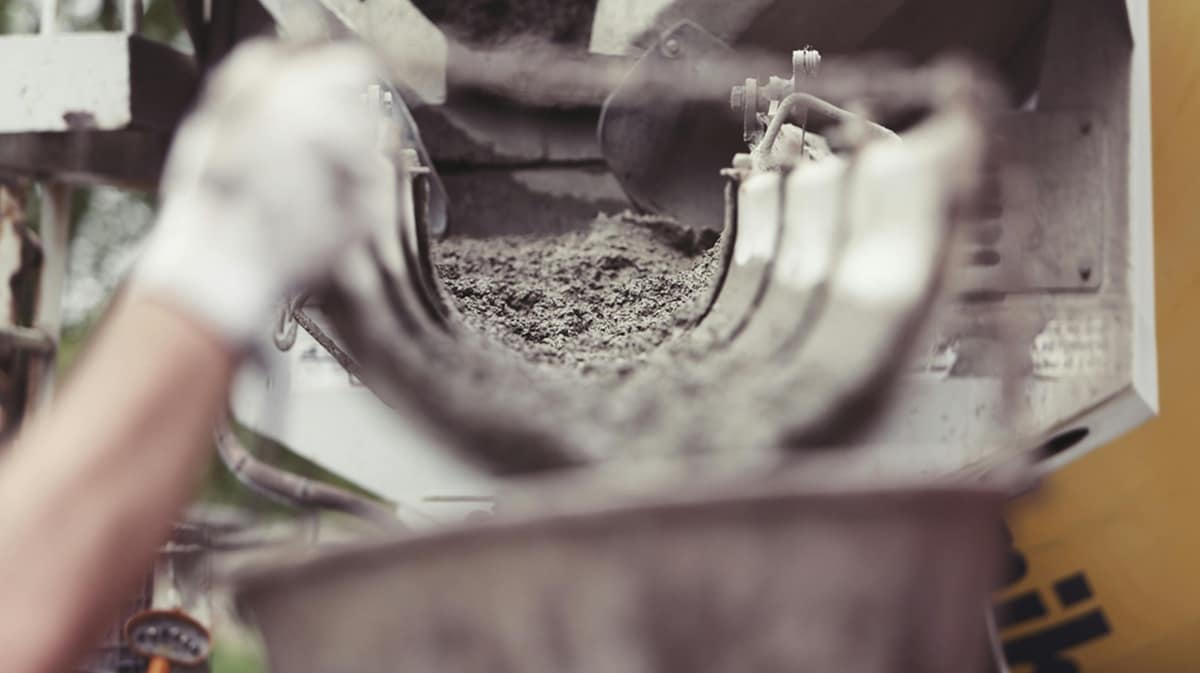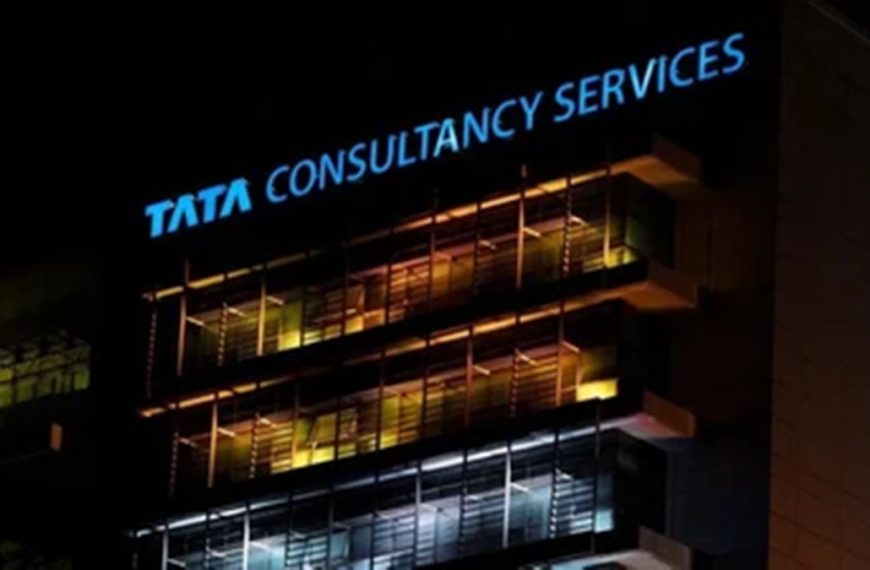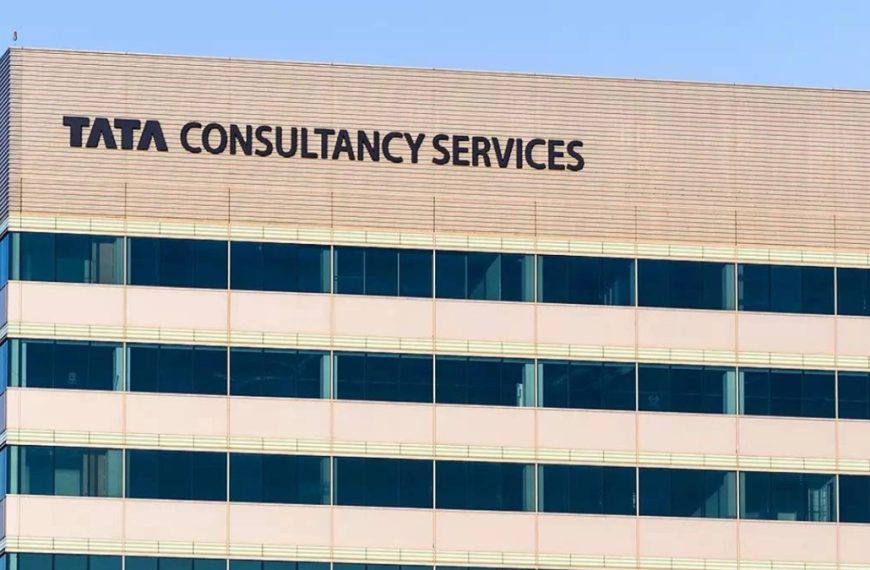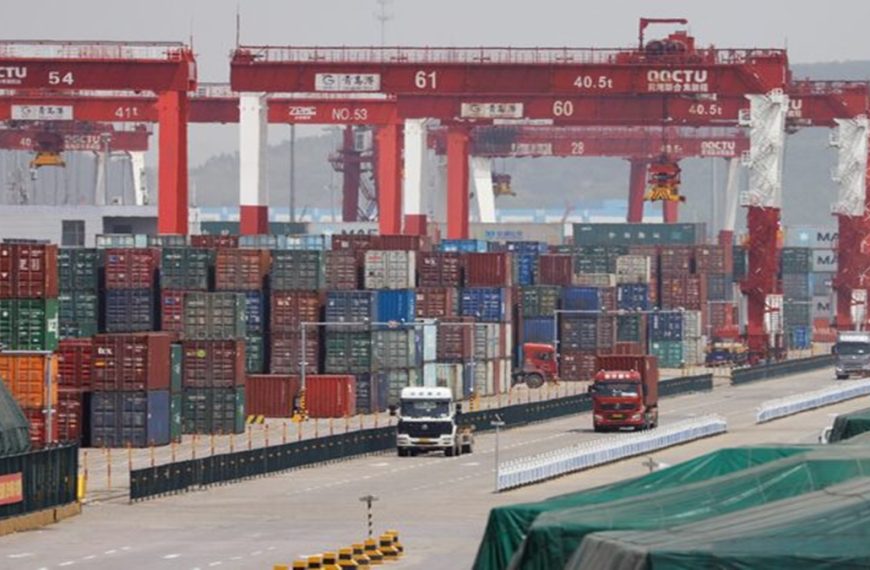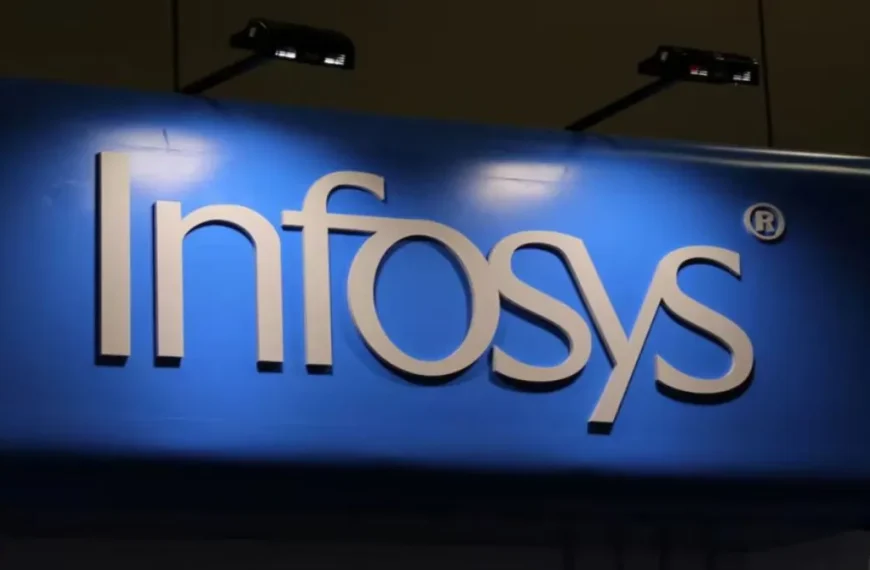The cement industry is poised for a significant recovery in 2025, with optimistic forecasts highlighting improved sales, elevated profit margins, and an uptick in demand. Analysts attribute this anticipated growth to several factors, including pent-up market demand, a renewed focus on capital expenditures, and a sustained boom in the housing sector. The resilience of cement prices during the current quarter further supports this positive outlook.
Cement Sector Dynamics: A Competitive Landscape
The cement market is currently witnessing a wave of consolidation, particularly between two major players—UltraTech Cement and Ambuja Cement, owned by Adani Group. These corporate giants are strategically acquiring smaller competitors, intensifying the competitive atmosphere within the industry.
Positive Demand Trends
Recent insights from Motilal Oswal reveal that industry volumes surged by 3-5% year-on-year during October and November 2024, despite facing challenges like unseasonal rains and a high comparative base from the previous year.
- Key Points from the Report:
- A projected CAGR of 6-7% in demand over the next 2-3 years.
- Gradual price increases expected with rising demand.
- Goals of achieving sustainable cost savings of ₹150-200 per ton over the next few years.
JM Financial also forecasts a robust growth trajectory for the cement sector, anticipating a 7-8% CAGR from FY25 to FY27. After a brief slowdown expected in FY25, the industry’s fundamentals and structural adjustments are anticipated to drive strong growth.
Government Initiatives Fueling Growth
Finance Minister Nirmala Sitharaman’s recent budget announcement to increase investment in large-scale housing and infrastructure projects is expected to further bolster demand for cement. The Cement Manufacturers’ Association (CMA) welcomed these initiatives, noting that increased infrastructure spending across states opens up numerous opportunities for growth in the sector.
Price Trends on the Rise
As of December 2024, the average all-India cement price stood at ₹366 per 50 kg bag, reflecting an increase of ₹8 from November. This rise is primarily attributed to heightened demand from the real estate sector and improved labor availability following the festive season.
UltraTech’s CFO, Aul Daga, emphasized that while quarterly averages may not reflect true market conditions, there has been consistent price growth. He noted, "We have observed positive trends in prices, particularly from rural markets."
Earnings Impact and Price Sustainability
A recent report from IKIGAI Research highlighted that every ₹1 increase in cement prices can contribute ₹67 billion to EBITDA, representing 2% of EBITDA or 3% of profit after tax (PAT).
According to Nomura, the average trade price across India saw a ₹3 increase per bag month-on-month in March 2025, reaching ₹346.
- Regional Price Movements:
- Northern India experienced a ₹7 increase to ₹370 per bag.
- In the Southern region, prices rose by ₹5 to ₹325 per bag, primarily due to a ₹20 increase in Hyderabad.
- Western India recorded a ₹4 increase to ₹352, though demand remained weak in key areas like Pune and Nagpur.
- The Eastern region’s prices remained stable at ₹314 per bag, expecting slight price adjustments.
Overall, the cement industry is navigating a complex but promising landscape, with growth opportunities driven by government support and evolving market dynamics. As demand continues to rise, the focus on sustaining higher prices will be critical for industry players moving forward.

